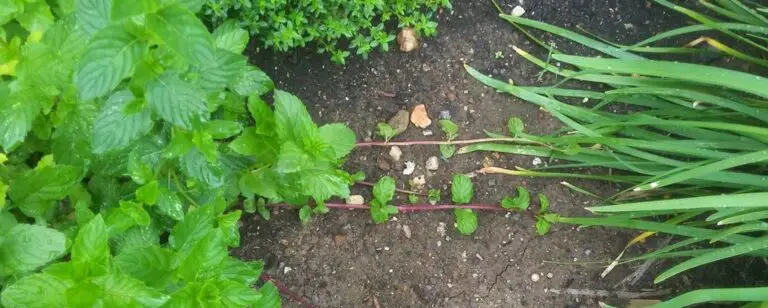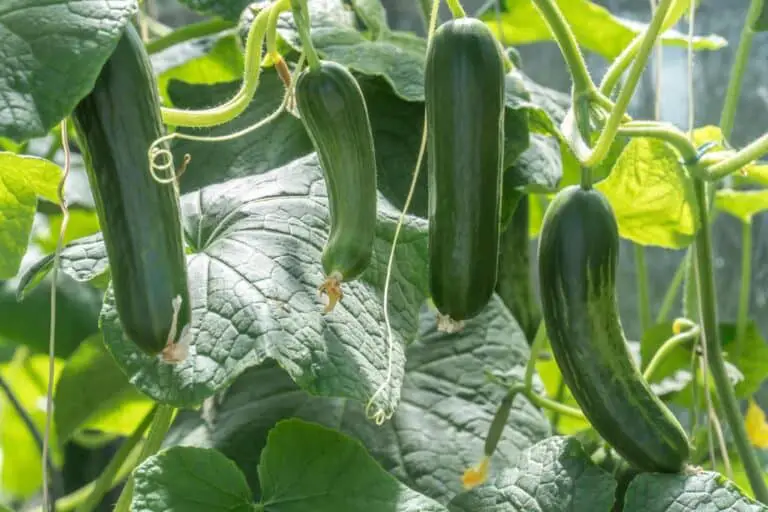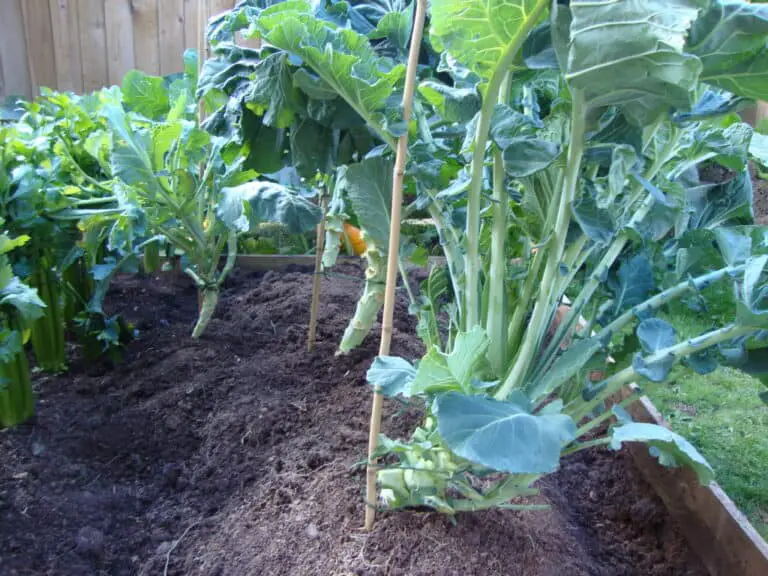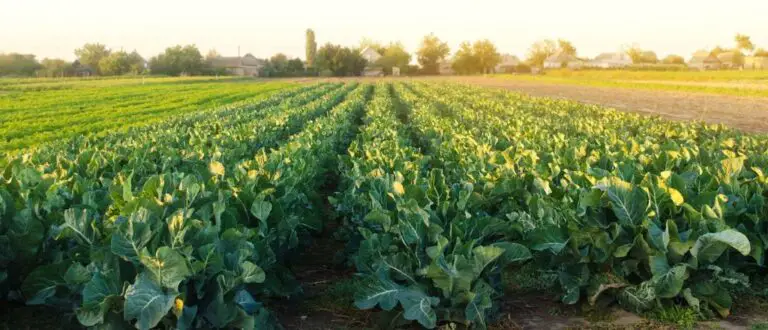Dwarf and Semi-Dwarf Lemon Trees: 5 Most Popular Types
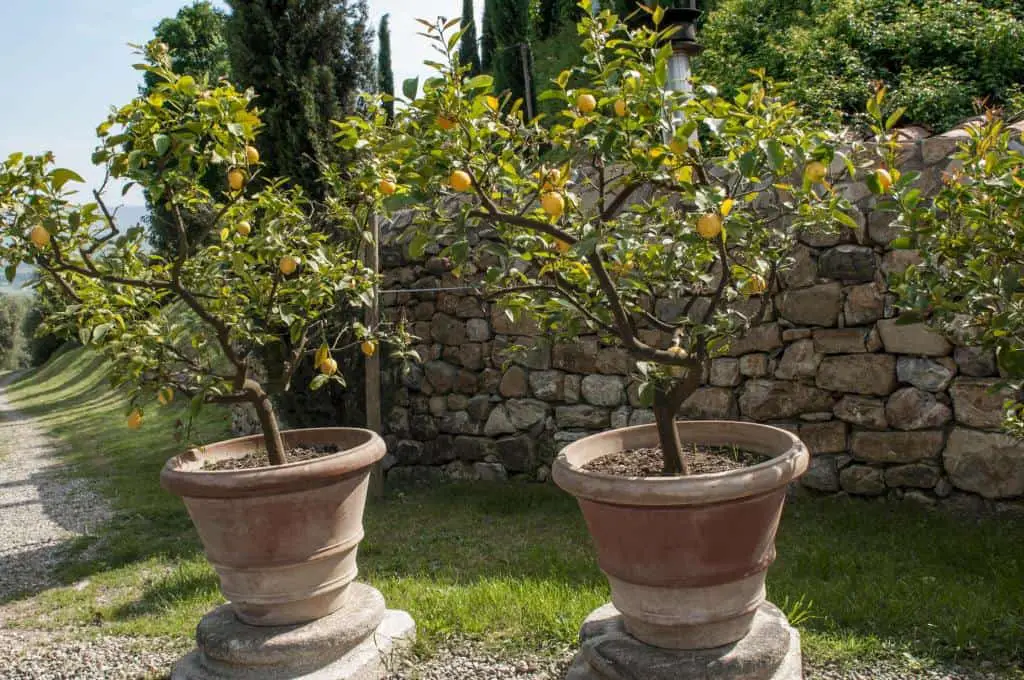
Ever since I squeezed my first homegrown lemon over a sizzling pan of grilled fish, I’ve been hooked on the joy of cultivating my own citrus trees. But let’s be real: not all of us have the sprawling garden space for full-sized trees. That’s where dwarf and semi-dwarf lemon trees come into play—a game-changer for enthusiasts like me who dream big but garden small.
These compact beauties are like the underdogs of the citrus world, proving that great things indeed come in small packages. They’re found on the sun-soaked patios of urban dwellings and the cozy corners of suburban backyards. These miniature marvels turn limited space into lemonade.
Having a dwarf tree is like having a regular tree, but it takes up less room. One thing is that the fruits of a dwarf tree are the same as those of a regular tree.
Normal lemon trees can grow up to 20 feet tall, while dwarf and semi-dwarf trees only get 5 to 12 feet tall. Under particular conditions, some can reach up to 15–20 feet. How it grows will depend on what kind of rootstock it is grafted onto.
Join me as I explore dwarf and semi-dwarf lemon trees. They are the 5 most popular types and have captured citrus lovers’ hearts worldwide. It’s a journey through tangy tastes and zesty aromas, all within arm’s reach.
Differences Between Dwarf and Semi-dwarf Lemon Trees
The main differences between dwarf and semi-dwarf lemon trees are their size and growth habits. They prune dwarf lemon trees at the nursery to look like a bush. They prune semi-dwarf lemon trees to look like small trees with a trunk and no low branches.
Dwarf lemon trees typically grow to 3-5 feet tall at maturity, while semi-dwarf lemon trees can grow up to 8-12 feet tall. Both types of trees can produce full-sized fruit, but semi-dwarf trees may have a slightly larger fruit yield due to their larger size.
1. Dwarf Meyer Lemon

The Dwarf Meyer Lemon is a popular lemon variety known for its abundant fruit production. These trees are characterized by their dark, shiny leaves and white flowers with a hint of purple, adding to their visual appeal. In addition to their appearance, Dwarf Meyer lemon trees also emit a pleasant fragrance.
Unlike true lemons, Meyer lemons are a cross between lemons and sweet oranges, resulting in a fruit with a sweeter juice. The standard Meyer lemon tree is naturally small, typically reaching heights of 6–10 feet. However, the dwarf variety is even more compact, growing to be 5-7 feet tall, making it suitable for container gardening.
The fruit from the Meyer lemon tree is larger than that from other types of common lemon trees and has a thin, dark-yellow rind. Despite its sweetness, the Meyer lemon contains numerous seeds.
In history, the Meyer lemon tree has faced challenges due to a virus that could be deadly to other citrus species. To address this, infected trees were destroyed, and a new, virus-free variety known as the Improved Meyer lemon tree was discovered.
| Related: Are Meyer Lemons Self Pollinating? |
2. Dwarf Lisbon Lemon
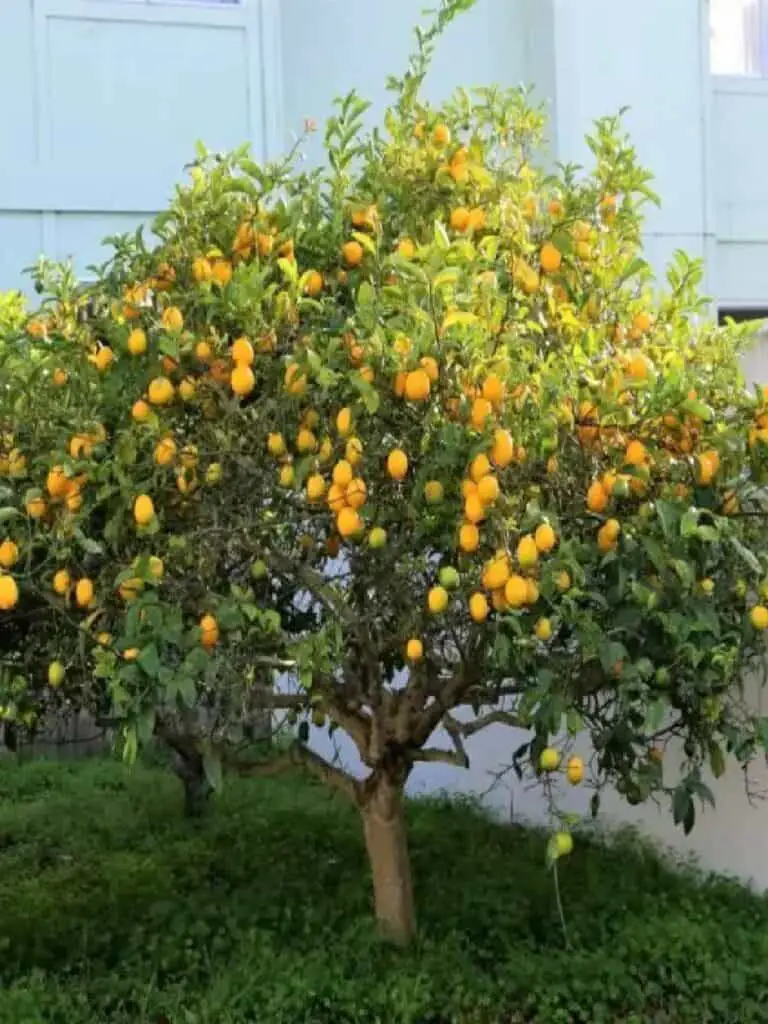
The Dwarf Lisbon Lemon is from Portugal. It has many traits, like the Eureka lemon tree. It produces fruits throughout the year, yielding a significant crop. The fruits are similar in color to the Eureka lemon but are larger and have a distinct nipple. Lisbon lemons are known for being exceptionally juicy, similar to the Eureka variety.
In its standard form, the Lisbon lemon tree can grow up to 15 feet tall, but this height can be smaller if the tree is grown in a container. Under optimal conditions, the tree can reach heights of up to 30 feet with a width of 25 feet. The dwarf variety, on the other hand, grows to a height of 8–12 feet.
The Lisbon variety is one of the hardiest lemon trees. It can thrive in many weather conditions. These include both cold and hot climates. Additionally, dwarf Lisbon lemon trees are visually appealing, with green, glossy leaves and fragrant white flowers.
3. Dwarf Eureka Lemon

The Dwarf Eureka Lemon is a pure lemon variety, not a hybrid. It typically reaches a height of up to 20 feet, but can also be grown in containers or raised beds for easier maintenance.
This lemon tree is sensitive to temperature extremes and should be protected from temperatures below 20℉. It thrives in sunny conditions and requires consistent watering to maintain moisture levels.
The fruit of the Dwarf Eureka Lemon tree is commonly found in local grocery stores. When ripe, the fruit transitions from a greenish-yellow to a bright yellow color. The thick rind of the fruit makes it ideal for zesting, adding a citrusy flavor to your cooking.
The Dwarf Eureka Lemon has fruit year-round. It is easy to grow and popular among lemon fans and home gardeners.
4. Zealand Lemonade Semi-Dwarf Lemon Tree

The Zealand Lemonade is a Semi-Dwarf Lemon Tree. It is an intriguing and rare citrus variety. It has captured the interest of gardeners and citrus fans worldwide. Traditional lemons are purely tart. The Zealand Lemonade offers a unique twist. It has a sweet-tart taste, like homemade lemonade, when juiced.
This trait makes the Zealand Lemonade Lemon Tree a sought-after variety. It’s for those who want to add something special to their home garden or citrus collection.
The Zealand Lemonade Lemon Tree is a semi-dwarf variety. It usually reaches a height and spread of about 8–10 feet when grown on the ground. Its compact size makes it suitable for smaller garden spaces or for growing in large containers, where its growth can be more easily managed.
This lemon tree is adorned with glossy, dark green leaves that provide a lush, vibrant backdrop year-round. White, fragrant flowers that bloom on the tree in spring not only add to its ornamental value but also signal the arrival of its distinctive fruits.
The lemons produced by the Zealand Lemonade Tree are medium-sized with a smooth, thin skin and a pale yellow color. The flesh is juicy, and the flavor is where this variety truly shines—it offers a refreshing mix of sweetness and acidity, making it perfect for eating fresh or for juicing.
They are suited for USDA Hardiness Zones 9–11. The Zealand Lemonade Lemon Tree enjoys a sunny location in well-draining soil. It needs regular watering to keep the soil moist. This is especially true in the warmer months. It also benefits from citrus-specific fertilizer. This helps it grow and produce fruit.
5. Genoa/Genova Semi-Dwarf Lemon Tree

The Genoa, or Genova Semi-Dwarf Lemon Tree, is a highly prized citrus tree known for its adaptability and the delicious lemons it produces. This variety has its roots firmly planted in Italian heritage, offering a slice of Mediterranean charm wherever it’s grown. The tree is semi-dwarf. This makes it ideal for those with limited space. It’s also good for gardeners who want to grow citrus in pots or containers.
As a semi-dwarf variety, the Genoa Lemon Tree typically reaches a manageable height of about 8–12 feet when planted in the ground, making it significantly smaller than standard lemon trees. This compact size is perfect for indoor spaces or small gardens.
The tree boasts glossy, evergreen leaves that provide a vibrant splash of green throughout the year. Spring brings clusters of fragrant, white flowers. They add to the tree’s beauty and promise the arrival of fruit.
Genoa Lemon Trees are known for their abundant production of lemons. The fruits are medium to large, with a classic bright yellow color and a slightly elongated shape. The lemons have thin skin. They have lots of juice and a balanced, tangy flavor. It’s less acidic than some other varieties, so it’s perfect for cooking.
This tree thrives in USDA Hardiness Zones 9–11, enjoying full sun and well-draining soil. While it is more cold-hardy than some citrus varieties, protection from frost is crucial in cooler climates. Water the tree often, especially during dry spells. Also, feed it regularly to keep it healthy and productive.
How Big Does a Dwarf Lemon Tree Get?
You can expect your dwarf lemon trees to grow as high as 8-10 feet depending on the variety and environmental conditions.
| Tree | Height |
| Dwarf Meyer Lemon | 5-7 feet |
| Dwarf Lisbon Lemon | 8-12 feet |
| Dwarf Eureka Lemon | 15 feet planted or 4-6 feet potted |
| Zealand Lemonade Semi-Dwarf Lemon Tree | 8-10 feet |
| Genoa/Genova Semi-Dwarf Lemon Tree | 8-12 feet |
How Long Does It Take for a Dwarf and Semi Dwarf Lemon Tree to Bear Fruit?
Understanding the time from planting to fruit production is crucial. It is key for anyone adding these trees to their garden.
Dwarf Lemon Trees
Dwarf lemon trees, engineered through grafting to keep their size miniature, can start bearing fruit as early as 2 to 3 years after planting. The exact timing can vary based on factors such as the variety of lemon, the growing conditions, and the care provided. These trees are designed to grow up to about 4 to 6 feet tall in containers, making them perfect for indoor spaces where they can get enough sunlight.
With proper care, including enough water and 6 to 8 hours of sunlight per day, and regular feeding with citrus-specific fertilizer, your dwarf lemon tree will thrive. It will also produce fruit in a few short years.
Semi-Dwarf Lemon Trees
Semi-dwarf lemon trees are a bit larger than dwarf ones. They reach heights of 8 to 12 feet if planted in the ground. But, pruning and container growing can keep them smaller.
Semi-dwarf varieties also typically begin to bear fruit within 3 to 5 years after planting. Semi-dwarf lemon trees are like dwarf lemon trees. But, the semi-dwarf’s fruiting time is affected by genes, the environment, and care. These trees offer a happy medium. They give more fruit than dwarf trees but need less space than full-sized trees.
Factors Influencing Fruit Production in Dwarf and Semi Dwarf Lemon Tree
Several key factors can influence how quickly and efficiently your lemon tree begins to produce fruit:
- Sunlight: Lemon trees require full sun to produce fruit abundantly.
- Watering: Consistent watering, ensuring the soil is moist but not waterlogged, is crucial.
- Fertilization: Use a citrus tree fertilizer. It provides the nutrients for growth and fruit.
- Pruning: Proper pruning can encourage healthy growth and fruit production.
- Climate: Lemon trees thrive in warmer climates but can be grown in cooler areas if protected from frost.


